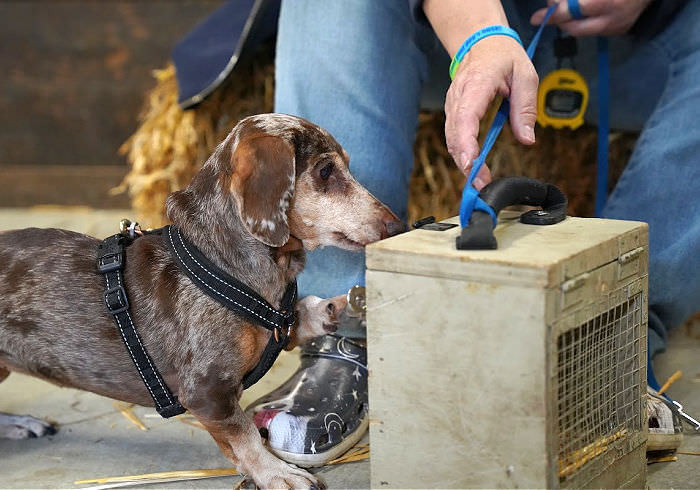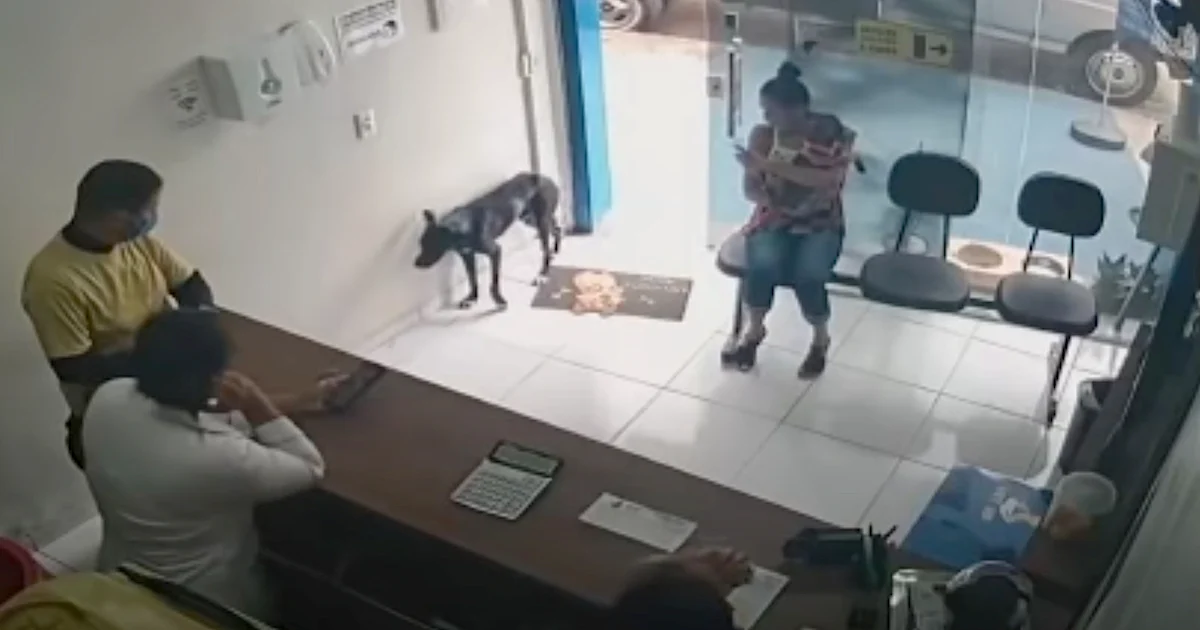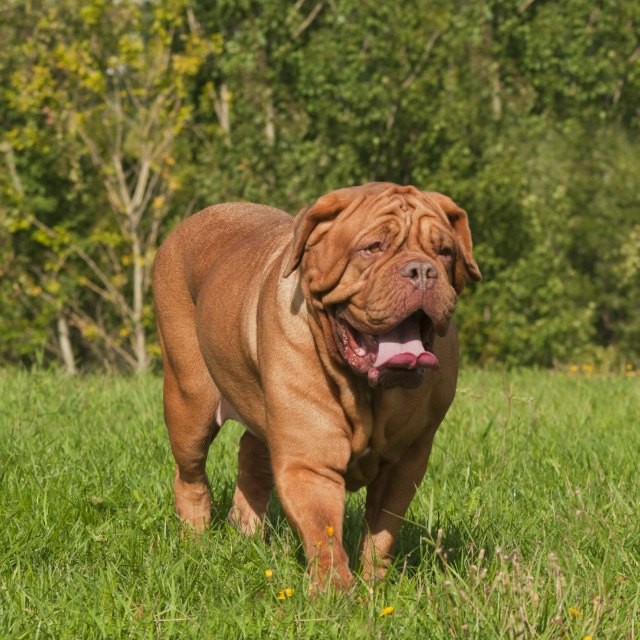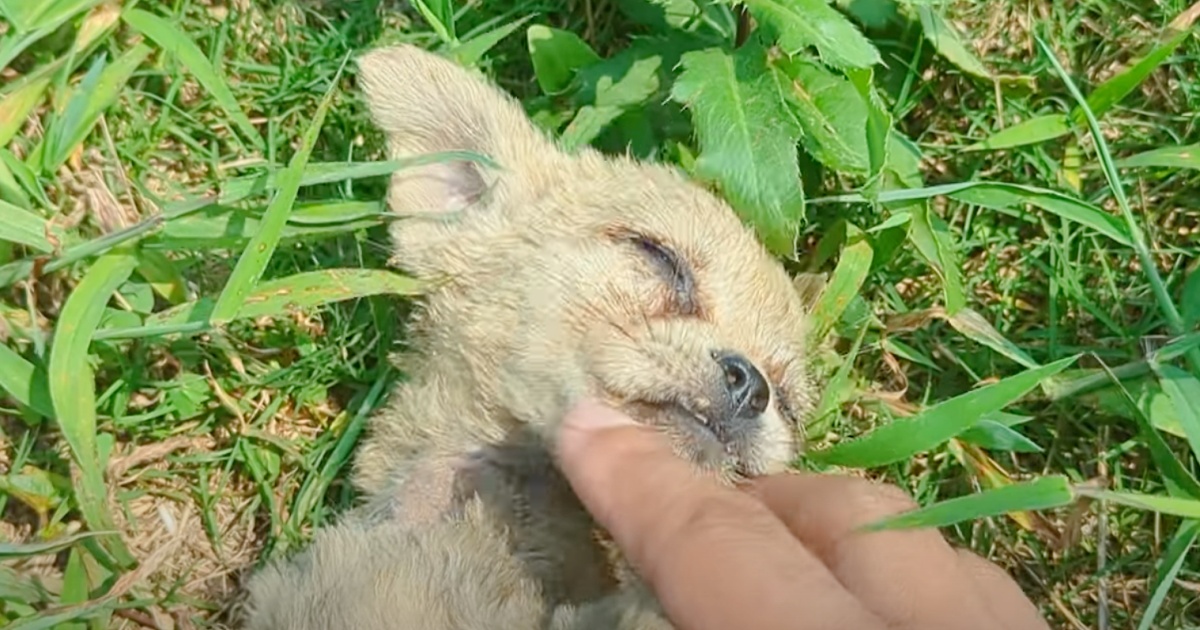The concept of enrichment for animals has been around since the 1950’s and has gained in popularity for domestic pets in the last few years.
If you want to know how enrichment got it’s start, and why it’s extremely important, read my article Dog Enrichment: Why All the Hype?
In summary:
- Enrichment for animals started in the 1950s as a way to enhance the life of animals help captive in zoos and laboratories.
- In domestic pets like dogs, the goal of enrichment is to enhance their overall well-being by promoting mental, physical, and emotional health, which can help prevent negative behaviors that often arise from boredom, stress, or lack of stimulation.
- When a Dachshund’s mental, physical, and social needs are not met, it can lead to boredom, frustration, anxiety, and behavior issues..
BTW: I can help address your Dachshund’s behavior issues through assessment of needs, enrichment, and behavior modification. Learn more about my virtual consults HERE.
Your Dachshund Instinctual Needs

Fully understanding your Dachshund’s instinctual needs is key in selecting the right enrichment activities for them.
Fulfillment for Dachshunds includes mental/physical/instinctual and social needs.
Mental/physical/instinctual
All dogs were descended from wolves, or wolf-like dogs, who were predators. Predators exhibit a logical string of actions when hunting.
Put together, this string of actions is called a predatory sequence. It’s more commonly referred to as prey drive. For wild or feral animals that must survive in the environment by hunting, this sequence is complete.
However, through the process of domesticating dogs, humans messed with this sequence on order to meet our needs. Certain parts of the sequence were interrupted or modified to emphasize or restrict certain aspects of it.
Note: The look and general personality of each dog breed is influenced by this artificial selection. This thought is fascinating and blows my mind a little. Form does indeed follow function!
Dachshunds were bred for hunting, and the parts of the predatory sequence that were retained or amped up are:
- Orient: Finding the prey by following a scent, tracking an animal, or locating a den.
- Chase: Actually chasing the prey.
- Grab-bite: Snatching the prey. Sometimes swiftly combined with the kill-bite in the next step.
- Kill-bite: Either a shake or a solid crunch (sometimes both) designed to kill something.
- Dissect: Shred the prey that they caught.
- Consume: Eat the pieces of the prey (through selective breeding of domesticated dogs, this one has been mainly eliminated, but occasionally it filters back through).
Social
Hunting was a deeply social experience for a Dachshund. They thrived on the interaction with both other dogs and humans.
During hunts, they often worked in pairs or small groups of dogs, where teamwork was crucial. They formed strong attachments to their owners and handlers, as this close relationship was vital for successful hunting.
In order for a Dachshund to be fulfilled, they must be given acceptable outlets to satisfy these natural instincts. Because Dachshunds today are primarily kept as pets, and many, many of them live in urban environments, their ability to satisfy their needs themselves is extremely limited.
That’s where we must step in and provide this outlet for them.
15 Enrichment Ideas for Dachshunds
Luckily, there are many ways we can enrich our Dachshund’s lives. Below are some of my favorites.
Disclosure: Many of the links on this page are affiliate links (Amazon Associate or other programs we participate in). As an affiliate, I earn a small commission from qualifying purchases.
1) Flirt pole
A dog flirt pole is basically a big teaser want for cats. It consists of some kind of a pole with a rope attached and a toy at the end.
Dragging and flipping toy around the yard for your Dachshund to chase satisfies the orient, eye, stalk, chase, grab-bite, and kill-bite parts of their prey drive (remember it’s important to let your Dachshund actually catch and shake it sometimes).
At home, I use this large flirt pole with bungee rope and fleece toy. When I travel with the dogs, I bring a collapsible teaser dog wand to save space.
Note: The ones that are the safest for Dachshund’s necks and spines use some kind of shock cord instead of static rope. Once your Dachshund starts tugging on the toy, try to lower the pole so your dog’s neck stays in a straight line with their body.
2) “Snuffle” games
I put several activities into this one category because they all serve a similar purpose. Snuffle activities are when treats, or another reward, are placed inside something that presents an obstacle for your dog.
They mimic a dog’s need to forage and specifically address the dissect and consume parts of the prey drive.
Examples are:
- A snuffle mat with treats scattered on it
- A closed carboard egg carton your dog tears apart to get to treats inside
- A rolled towel with treats wrapped up in it as you go, then tied into a lose knot for your dog to “rip apart”
- Dog Puzzle toys
3) “killing” stuffed toys
Many owners lament that their Dachshund rips apart their toys in minutes, and are always on the hunt for one that is “indestructible”.
But what they don’t realize, is tearing apart toys is a form of enrichment for a dog. It solidly satisfies a Dachshund’s need to dissect (just monitor them to make sure they don’t also satisfy the urge to consume for safety reasons).
You can read more about the “science” behind this drive in my article Why Does My Dachshund Keep Destroying Toys?
You can help the toys last longer, and save some money in the process, by following these dog toy-longevity tips.
4) Nosework/freework
Both nosework and freework require your Dachshund to use their nose to get a reward.
Nosework is typically more formal and involves a specific scent in a tin hidden in one location. The reward comes when a dog finds it, alerts the owner, and the handler rewards them.
You can buy kits online to do this at home or find classes in your area (nosework is actually a competition sport).
For serious nosework enthusiasts, I suggest the Leerburg AKC Scent Work Kit. If you just want to try it without spending a lot of money, I suggest going with this scent work training kit.
A more casual activity, which is sometimes more satisfying to a dog and human, is freework. Simply hide treats in a room and let your dog find them.
Place treats inside containers, under furniture, on higher surfaces (that your dog can still reach), on/around objects that may move when your dog nudges it, and on surfaces that will make a noise when your dog steps on it.
Remember though, don’t let your dog watch you doing it! Otherwise, it just turns into a trail of treats!
These activities satisfies the orient and consume parts of their prey drive.
5) Fetch
We all know what this is, right? Throw a ball or toy repeatedly and let your Dachshund go get it (and hopefully bring it back to you so you don’t have to go get it yourself. Ha, ha).
Fetch satisfies the orient, eye, stalk, chase, and grab-bite parts of the prey drive. There is also a social aspect of this activity because your Dachshund needs to cooperate with you in order to keep the game going.
Words of warning: Some dogs get obsessed with this game, so it is best to puts limits and boundaries on play. Also, beware of multiple dogs are around and more than one dog tries to go for the ball at the same time. Some dogs will fight over the “resource”.
For a more intense, formal, structured version of fetch, check out the sport of Flyball.
The big difference between fetch and flyball is that you don’t throw the ball. Instead, you teach your dog to run over four hurdles, trigger a spring-loaded box that ejects a ball, and then retrieve the ball back to you.
6) Hide and seek
This one is pretty simple and can be done inside the house or while out for a walk or hike.
When your dog isn’t looking, hide in another room, behind furniture, behind a tree, or crouch down in tall bushes, then call your dog to find you.
This activity satisfies the orient, eye, stalk, and chase parts of a Dachshund’s prey drive. There is also a social aspect to this because your dog feels “rewarded” when they are reunited with you.
7) Treat scatter
When you’re in the yard or out for a walk, toss a few treats in the grass and direct your Dachshund to “find it”.
This treat toss activity satisfies the orient, eye and consume parts of their prey drive.
A bonus is that this “game” can be used if you have a reactive dog or your dog seems stressed, as using their nose and foraging like this is a calming activity for dogs.
Word of warning: don’t do this around other dogs you don’t know or who have a tendency to resource guard.
8) Watching the world go by
Sitting or laying down and doing nothing may hardly seems like an enrichment activity for a dog, but it is!
Ask your dog to sit, lay down (these can be on a mat to help give your dog a boundary), or stand calmly and do nothing while people and dogs go by, and life happens around them.
This activity satisfies the eye part of the prey drive and there is a social aspect to it since your dog is just “being” with you (so don’t surf your phone!)
As a bonus, this activity can help with desensitization, help your dog learn to self soothe (relax in stressful situations), and can help address reactivity.
9) Digging pit
Dachshunds were bred to dig underground to find their prey. A dig pit can help satisfy this natural need.
A digging pit can be a specific location in your yard that you allow your Dachshund to dig, a permanent sand box, or a kiddie pool filled with dirt or sand.
This activity satisfies the orient and chase parts of the prey drive sequence.
Note: Some people don’t want to encourage digging in the yard, and that is ok. I primarily suggest this activity as an appropriate outlet for Dachshunds who are already diggers.
If you don’t want to encourage your Dachshund digging in your yard, even if it’s in a designated spot, consider taking your Dachshund to a place where they can safely dig.
PLEASE NOTE: THIS IS NOT JUST ANYWHERE.
For example, it’s not appropriate for a dog to dig along a hiking trail because it can cause erosion and other environmental damage or public spaces (including the dog park) where it could cause a tripping hazard.
I will sometimes let my Dachshund dig in the woods off to the side of a dirt road, on public Forest Service or Department of Natural Resources land, where the land has already been impacted by humans.
My favorite place to let them dig is at the beach where I can easily fill the hole back in and the waves will “repair” the beach to look like noone had been there.
10) Earthdog
Earthdog is a formal sport designed to test and showcase the natural hunting instincts of terriers and Dachshunds, particularly their ability to hunt and work underground.
An Earthdog trial simulates the traditional hunting tasks for which these breeds were originally by and tests a dog’s willingness and ability to enter an artificial tunnel with “prey” at the end (typically a rat).
The tunnels mimic the burrows of wild animals by incorporating various twists, turns, and obstacles.
Please note that a live rat in a wire box is used in this sport. While there is some controversy, and often big feelings, around subjecting the rat to being barked at and “startled” by a dog, no physical harm is done to the rat. Rats used for this purpose are bred for it and many are treated like cherished pets when at home.
This activity satisfies the orient, eye, stalk, and chase portions of the prey sequence. Since the dog is “hunting” for the owner, and there are other dogs at these trials, it also has a social aspect to it.
Barn Hunt is a similar sport that satisfies the same instincts for a Dachshund. Barn Hunt is done above ground and a dog must locate the rat hidden among hay bales.
11) Training
Training your dog is actually considered an enrichment activity. It provides mental stimulation, helps improve your bond with your dog (social aspect), and can even provide physical exercise when training involves significant movement.
Some very engaging and useful things to train your Dachshund are:
12) Hiking/walks
My favorite form of physical exercise with my dogs is to hike in the woods, but when we can’t venture far from home, we settle for a walk around the neighborhood.
Hiking and walking, of course, provide a lot of physical stimulation and fulfill your dog’s desire to spend quality time with you (social).
There are three types of primary walks that we enjoy. Each satisfies a bit of a different need.
- “Getting there” walks – a walk that primarily focuses on physical exercise. I like to motivate myself by setting a goal and briskly walking to our destination and back.
- Sniff walks – a walk that gives your dog time to sniff everything they are interested in along your route. To increase your dog’s sense of agency (the degree of control that a dog has over their environment), let your dog’s nose direct you guys where to go.
- Hybrid walks – walks with definite destination in mind, but that allows for occasional sniff breaks along the way. Note: While I believe these types of walks should be used in moderation for healthy, adult dogs there is great value in them.
13) Stuffed treat toys/natural chews
There are various products on the market that allow your dog to focus on satisfying their drive to consume. Some also address the need to dissect also.
These include:
Wondering what to fill the lick mat and treat toys with? I sometimes use raw dog food, canned dog food, or a homemade low-calorie Kong stuffing.
14) Chasing bubbles
Blowing bubbles for your dog to catch can be a fun game.
Just make sure the bubbles are pet safe! These flavored bubbles for dogs are a great choice.
Tracking the bubbles to catch them helps satisfy the the orient and chase part of the prey drive. The grab-bite part of the sequence is satisfied when your Dachshund bites and pops them.
Of course, because you have to be there to blow the bubbles, there is a social aspect to this activity too.
15) Bobbing for treats and toys
In warm weather, you can fill kiddie pool and place floating treats and toys on the surface of the water.
Similar to chasing bubbles, watching and grabbing the “prey” will fulfill your dogs orient, chase, and grab-bite instincts.
In cooler weather, you can use a large water dish or deep baking dish to do something similar inside the house. Just be sure to put a towel under the “game” to catch spills.
Final Thoughts
I love Dachshunds, but to be honest, many have behavioral issues.
I am convinced that a a big reason for this is because many owners don’t understand their purpose-driven and instinctual needs, how to fulfill their needs, and the true consequence of not providing them appropriate outlets.
It’s amazing how simply providing enrichment activities for a Dachshund can reduce or eliminate problem behaviors that can frustrate owners and damage their relationship with their dog.
My hope is that you learned something new in this article to help improve your Dachshund’s life and health.




